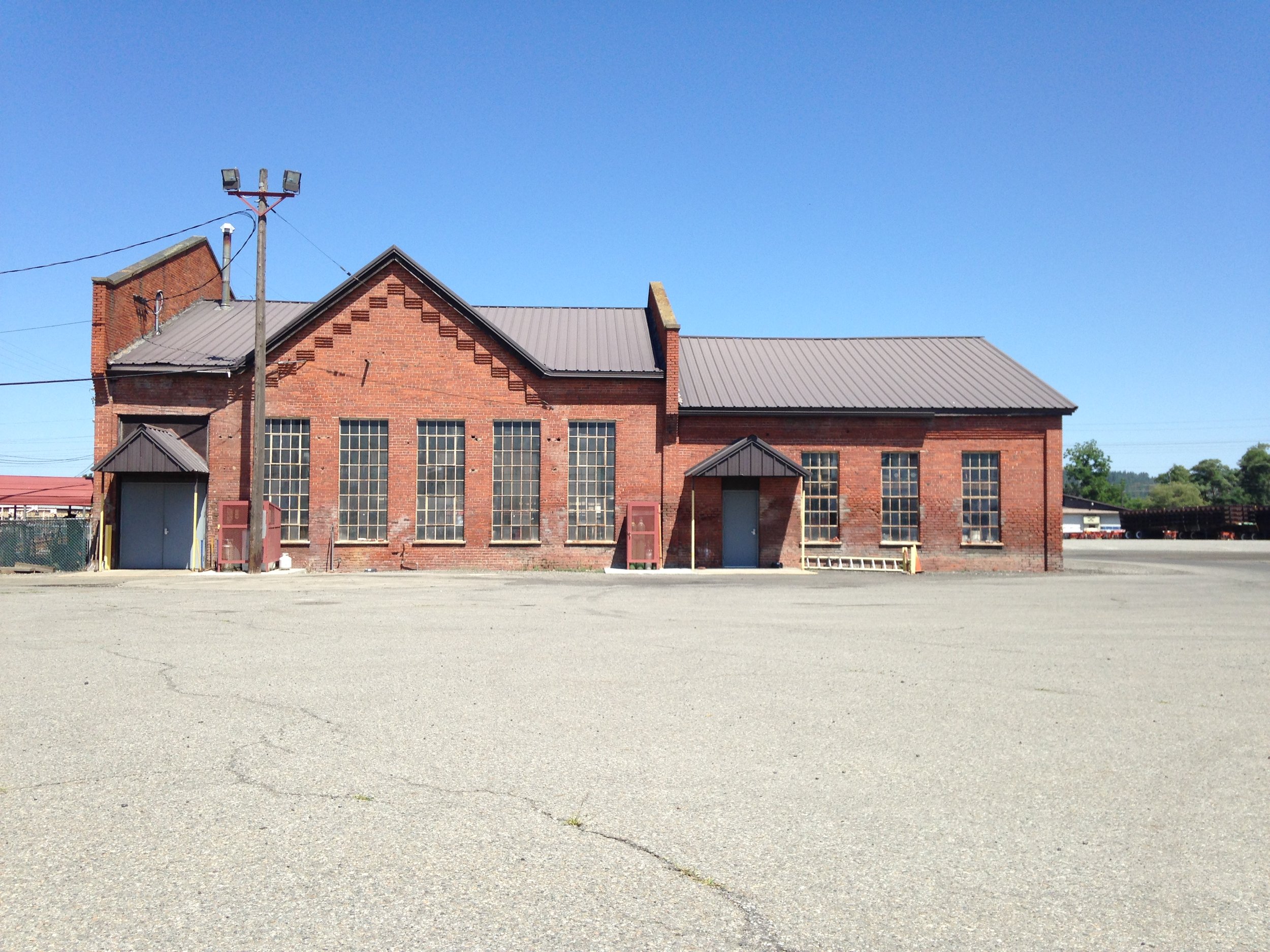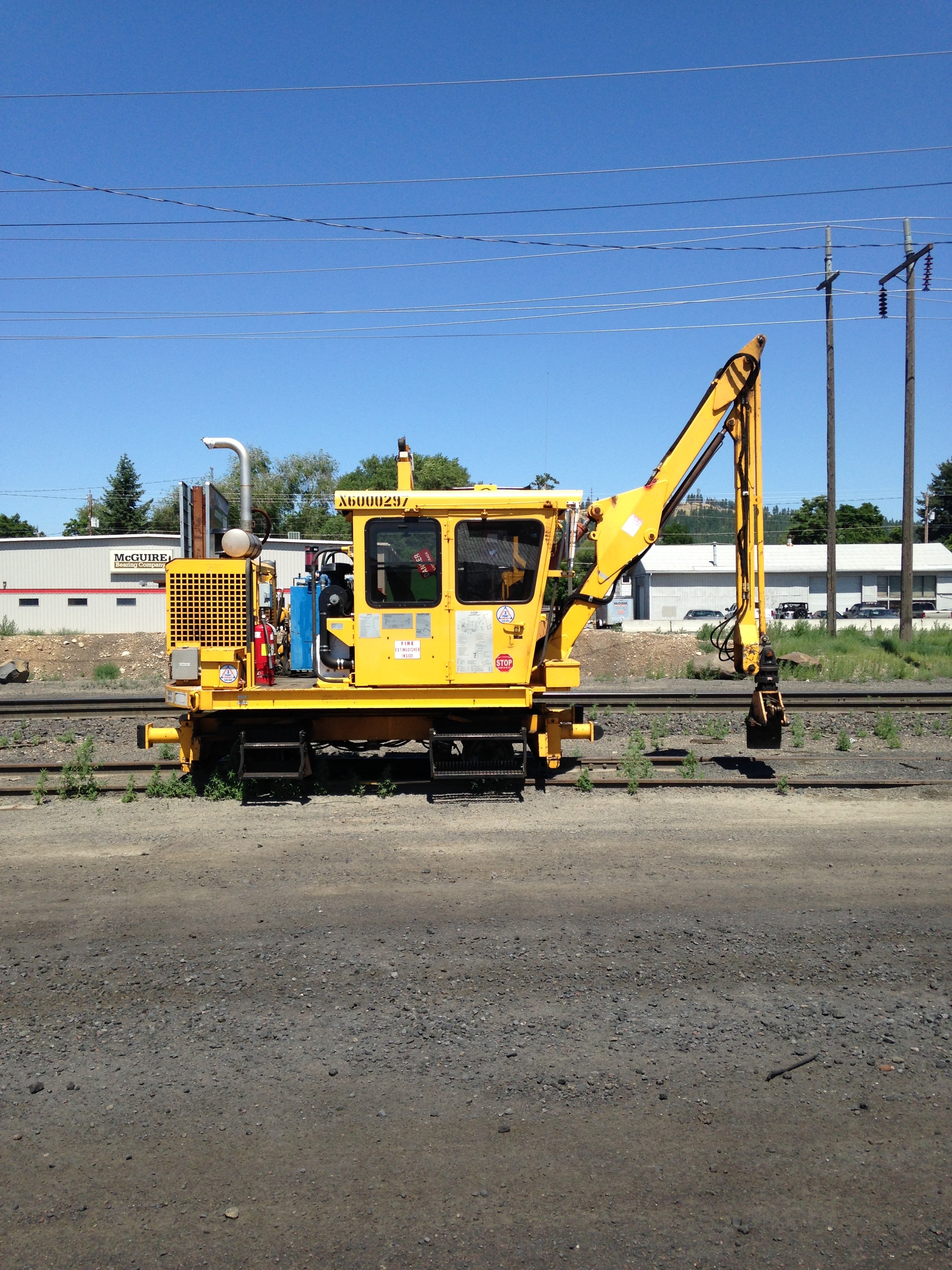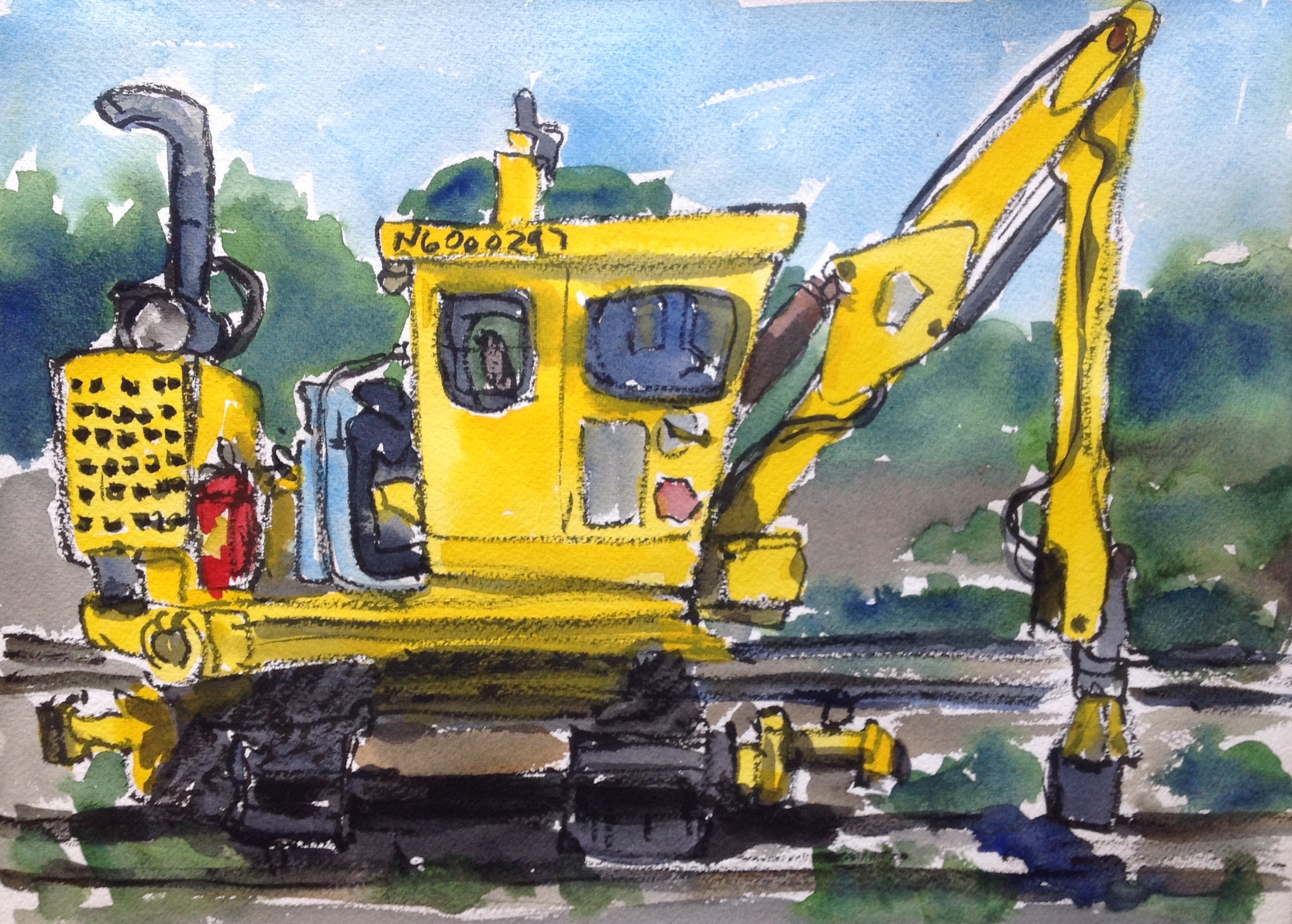Boulevard Mercantile occupies a wedge shaped brick building at the intersection of Monroe, Indiana and Northwest Boulevard. Perched there at the apex of the wedge, it has a friendly facade and many antenna projecting from the roof. I am a frequent customer as the owners of the store are great treasure hunters and the store is filled with a display of frequently rotating wonders. Recent purchases of mine have included an enormous coffee table book on the paintings of John Singer Sargent (score!) and an antique cast iron Christmas Tree stand that I got as a present for my mom. Their window displays never fail to make me smile, even when I'm stuck in my car at the red light. Currently they have a huge red star light up sign with a plane on it and it sparkles from behind the glass. Sometimes I day dream about buying that star. But WHERE would I put it?!
I love the shape of the Boulevard Mercantile building. It reminds me of the Flatiron building in New York. I also love the antennae and other doodads on the roof. It makes it seem like the building is somehow alive and listening to all the bustle going on around it. I stopped by one rainy day to admire it and this painting is the result.
Splashy in-progress painting.
Peeking in the windows of Boulevard Mercantile whenever I drive by always makes me smile. Here a lion and light up star sign share the stage. I think the big red star would look great in my studio! I'd just have to move some furniture! Haha!
If you need a Mother's Day present (It isn't too early to get that nailed down), stop in and shop around!












